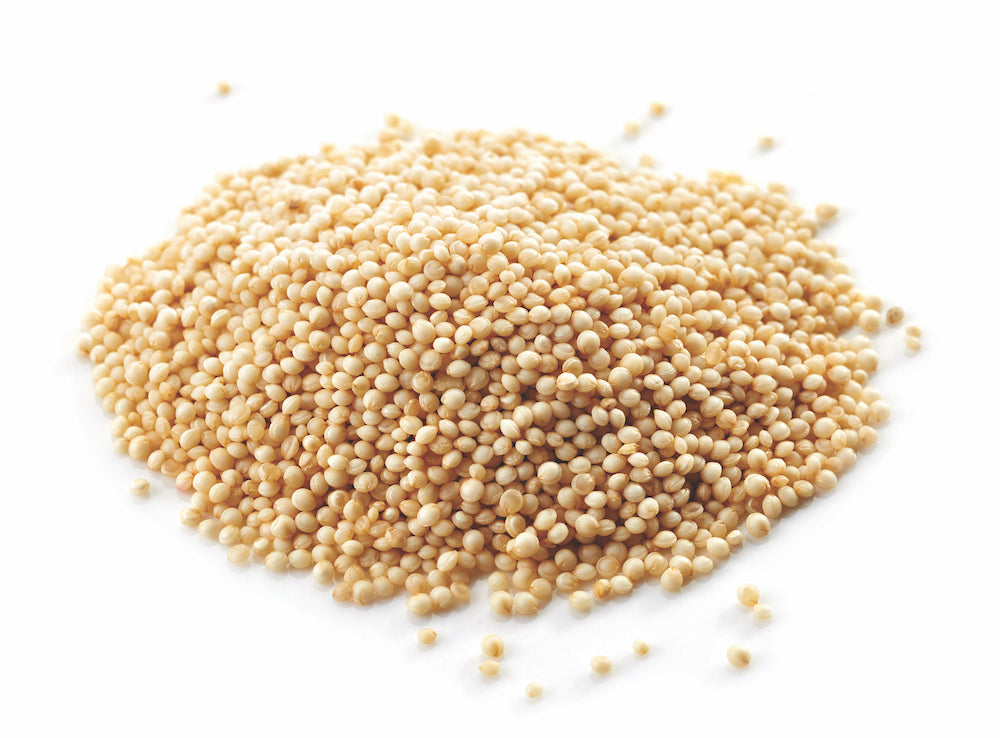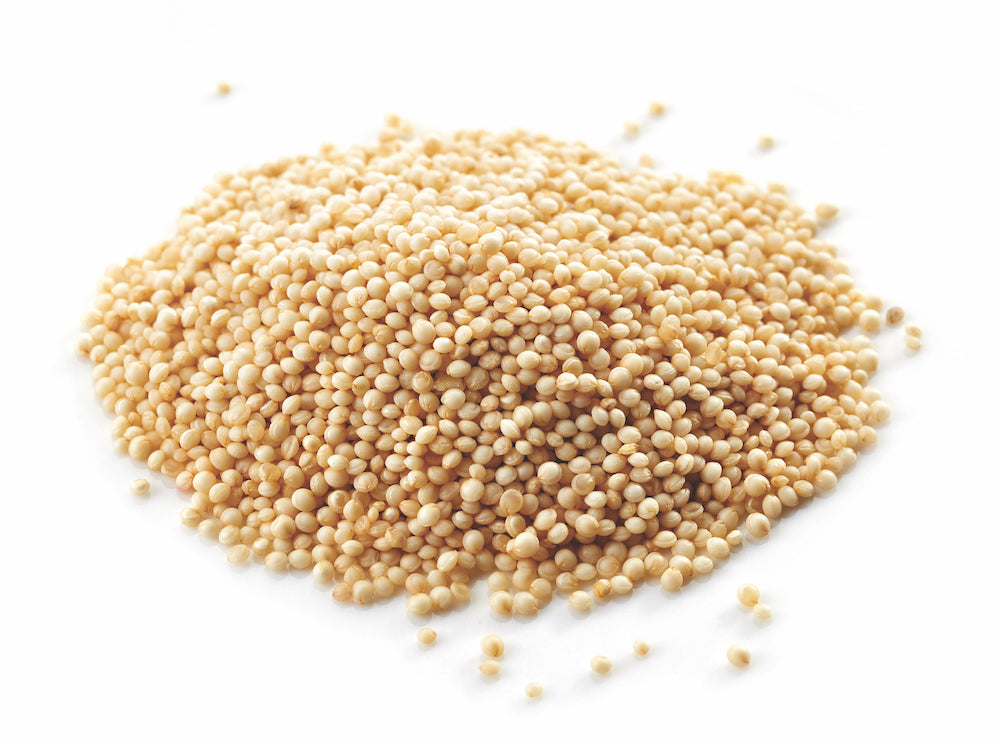Amaranth 500g
Amaranth 500g
Couldn't load pickup availability
If you’re looking for a super-healthy alternative to rice, pasta, couscous, or even oatmeal, you might try mild, nutty-flavored amaranth. You’d be doing your body a favor and supporting sustainable agriculture. These tiny pale-golden seeds are packed with a variety of nutrients, many of which we could all use more of. And given that it’s also drought-, heat-, and pest-tolerant and can survive in inhospitable terrain, it’s been touted as a food that can feed the world in a changing climate.
Before cooking amaranth, you can sprout it by soaking it in water and then allowing the grains to germinate for one to three days.
Sprouting makes grains easier to digest and breaks down anti nutrients, which can impair mineral absorption.
To cook amaranth, combine water with amaranth in a 3:1 ratio. Heat it until it reaches a boil, then reduce the heat and let it simmer for about 20 minutes, until the water is absorbed.
Here are a few easy ways to enjoy this nutritious grain:
- Add amaranth to smoothies to boost the fiber and
protein content - Use it in dishes in place of pasta, rice or
couscous - Mix it into soups or stews to add thickness
- Make it into a breakfast cereal by stirring in
fruit, nuts or cinnamon
Share


